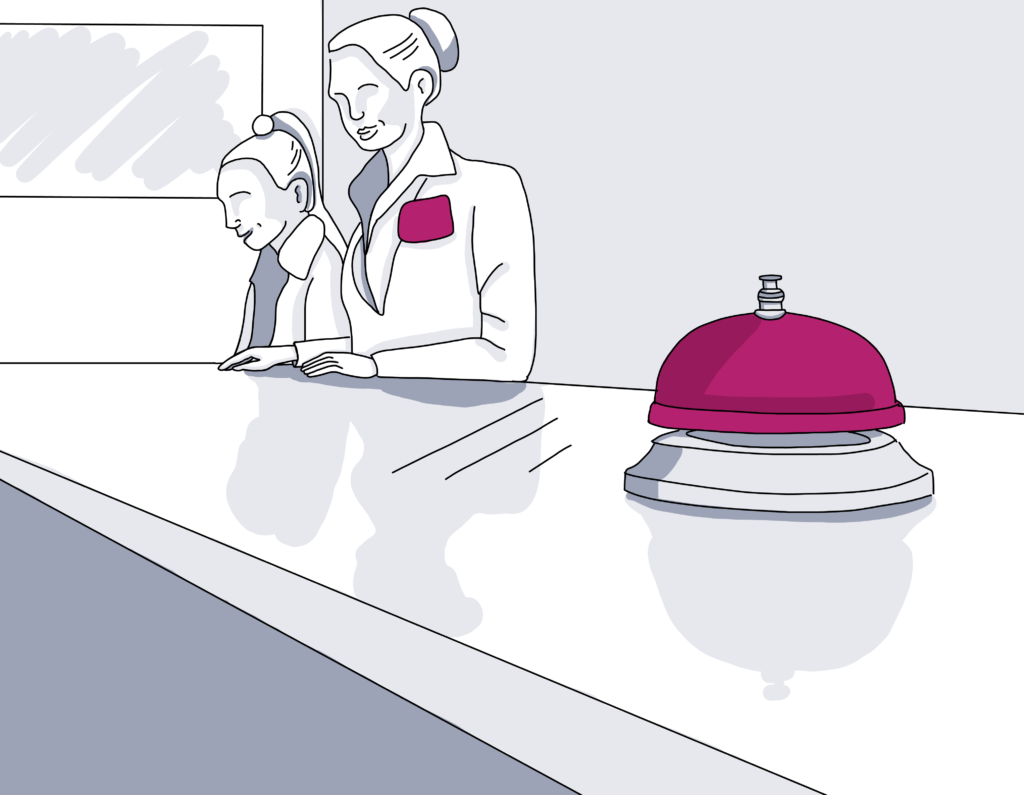When setting up audio-visual installations, the criticality of wiring and connectivity cannot be overstated. Effective wiring does more than just supports that sound and image quality are maintained but also delivers the reliability of the entire system. In any AV setup, whether for a school, corporate space, or home theater, streamlining the wiring can lead to enhanced performance and reduced technical glitches. This article will outline key strategies for enhancing wiring and interfacing in AV solutions.
The initial step in optimizing media systems is to determine the correct cables for the application. Different types of cables perform various purposes, so identifying compatible ones is essential. For example, HDMI cables are widely used for delivering high-definition visual and sound signals. In contrast, balanced audio cables like XLR can eliminate signal noise in sound systems. It is important to assess the distance and quality of these cables, as longer cables can lead to signal degradation. By purchasing premium cables that match the precise needs of the AV configuration, users can significantly enhance total performance.

Another key strategy is managing the wiring effectively. A neatly arranged wiring system not only seems neater but also enhances functionality. Using cable management solutions like clips, ties, or sleeves can help maintain wires tidy and avoid tangling. This layout also makes it easier to diagnose any issues that may emerge. Labeling each cable according to its function or origin can save time during installations or servicing. A clear layout helps technicians efficiently track connections, which is especially valuable in large-scale systems with numerous devices.
Additionally, assessing the layout of the space is vital for enhancing AV performance. The positioning of devices can affect how signals travel through cables. Positioning devices too far apart may call for longer cables or signal boosters, which can visit be resource-intensive and affect quality. It is helpful to map out the arrangement of equipment carefully, taking into account the spacing between devices and potential interferences such as walls or furniture. This strategic placement can reduce issues related to signal loss and strengthen connectivity throughout the AV system.
Routine performance audits are another key strategy for maintaining reliable performance of AV cabling and system integration. Over time, cables may become damaged due to movement or deterioration. Routinely inspecting all connections helps detect potential problems before they escalate into significant issues. Swapping out worn-out cables and cleaning connectors can restore signal quality and guarantee the system runs smoothly. Maintaining a checklist for routine maintenance can help users manage this aspect of their AV setups.
Finally, remaining aware about new technologies and protocols is crucial for anyone managing AV setups. The field is consistently advancing with breakthroughs in technology that can elevate connectivity and performance. Attending seminars, following industry journals, or networking through professional communities can deliver insightful insights into industry standards and latest tools in the industry. By leveraging these innovations and integrating them to legacy systems, users can enhance their AV setups on an ongoing basis while maintaining they remain updated with industry progress.
In summary, optimizing wiring and connectivity in AV systems involves careful selection of cables, effective arrangement, strategic space design planning, regular maintenance checks, and staying updated on industry innovations. By utilizing these strategies, users can achieve enhanced results and efficiency in their media look these up setups, ultimately providing a more satisfying experience for everyone participating.